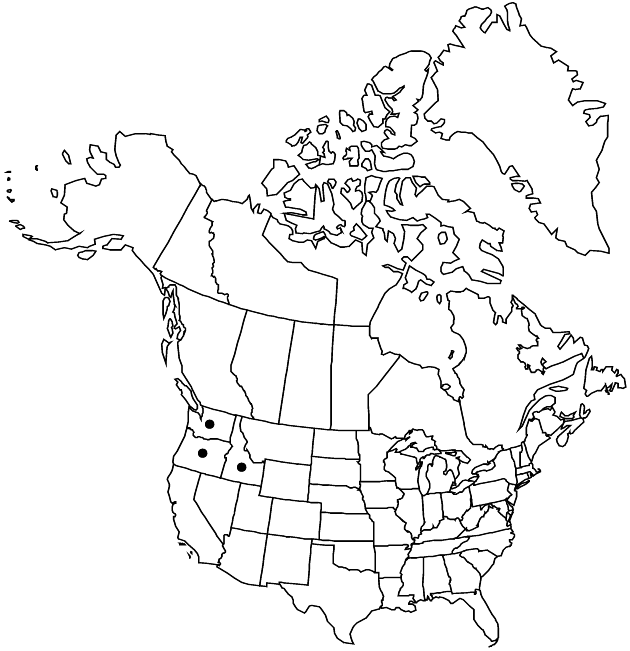Cirsium brevifolium
Trans. Amer. Philos. Soc., n. s. 7: 421. 1841.
Perennials, 25–120 cm; taproots with horizontal root sprouts. Stems 1–several, erect, thinly gray-tomentose with fine, non-septate trichomes; branches 0–many, ascending. Leaves oblanceolate or elliptic, 15–45 × 2–10 cm, unlobed and merely spinulose to dentate or deeply pinnatifid, lobes well separated, linear to triangular-ovate, merely spinulose to few toothed or lobed near base, margins often revolute, main spines 2–3(–6) mm, abaxial faces densely gray-tomentose, adaxial green, thinly tomentose or ± glabrate; basal often present at flowering, narrowly winged-petiolate; principal cauline well distributed, gradually reduced distally, bases of proximal cauline winged-petiolate or sessile, bases of distal cauline expanded and ± clasping, margins sometimes spinier than those of proximal; distalmost cauline becoming bractlike, often unlobed or less deeply divided than proximal. Heads borne singly and terminal on main stems and branches or few from distal axils in corymbiform or paniculiform arrays. Peduncles 1–8 cm. Involucres hemispheric to campanulate, 2.5–3.5 × 2–4 cm, glabrous or loosely floccose. Phyllaries in 6–10 series, strongly imbricate, greenish to brown, ovate to lanceolate (outer) to linear (inner), abaxial faces with prominent glutinous ridge; outer and middle appressed, bodies entire, spines abruptly spreading, fine, 2–3(–5) mm; apices of inner commonly flexuous or reflexed, flat, scarious. Corollas creamy white, rarely lavender-tinged, 22–28 mm, tubes 8–13 mm, throats 7–11 mm, lobes 4–6 mm; style tips 5–6 mm. Cypselae brown, 5–6 mm, apical collars yellowish, 0.5–1 mm; pappi 18–22 mm. 2n = 22, 26.
Phenology: Flowering summer (Jun–Oct).
Habitat: Palouse prairie
Elevation: 600–1300 m
Distribution

Idaho, Oreg., Wash.
Discussion
Cirsium brevifolium occurs in the Palouse prairie region of eastern Washington, eastern Oregon, and western Idaho.
Selected References
None.